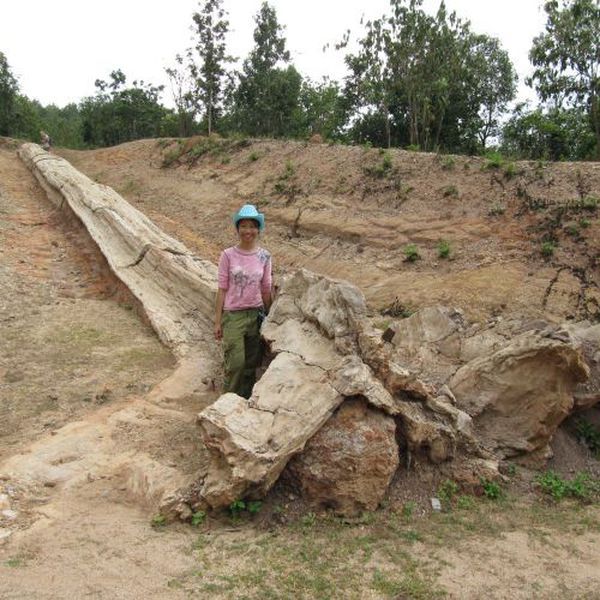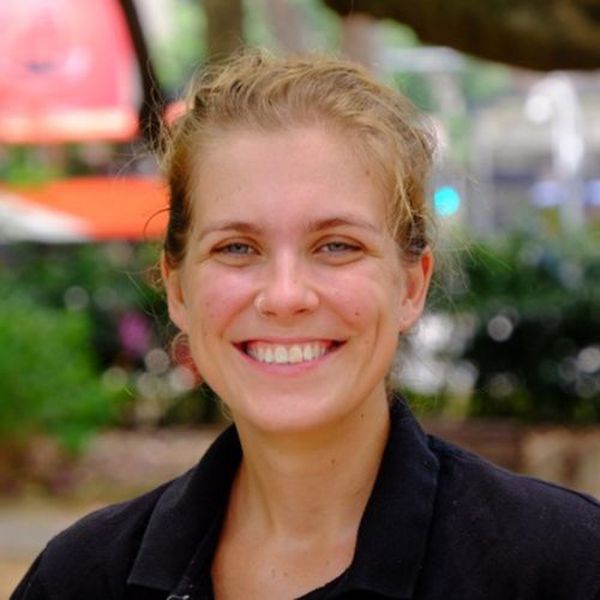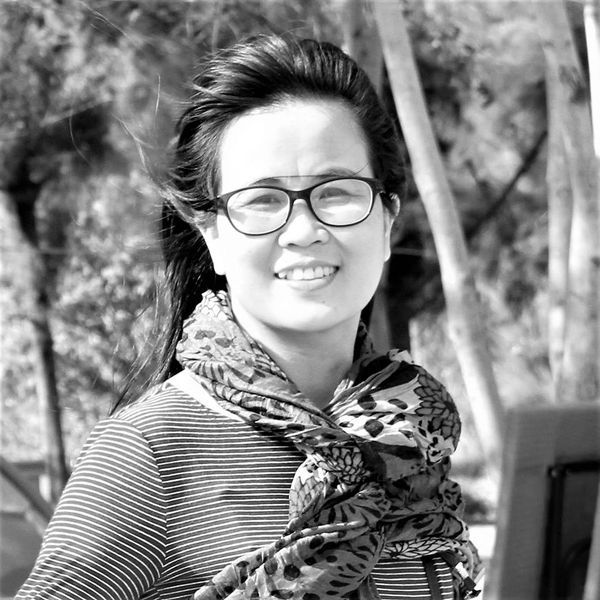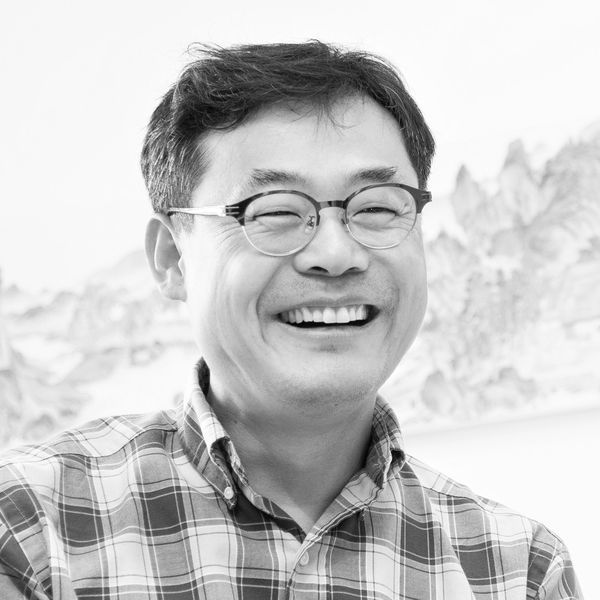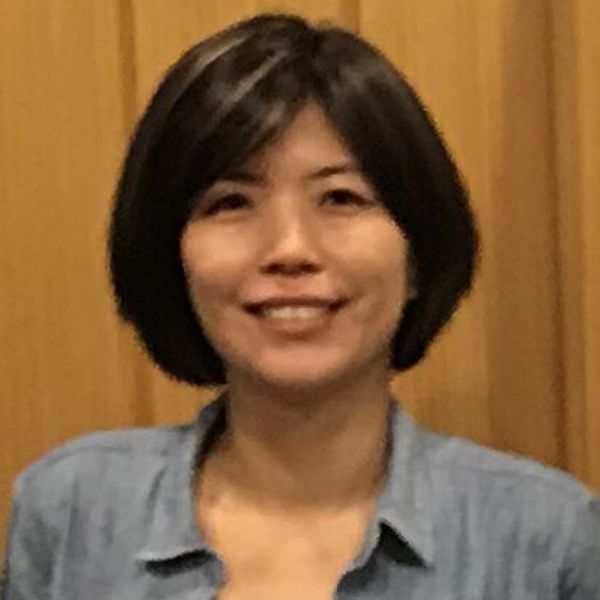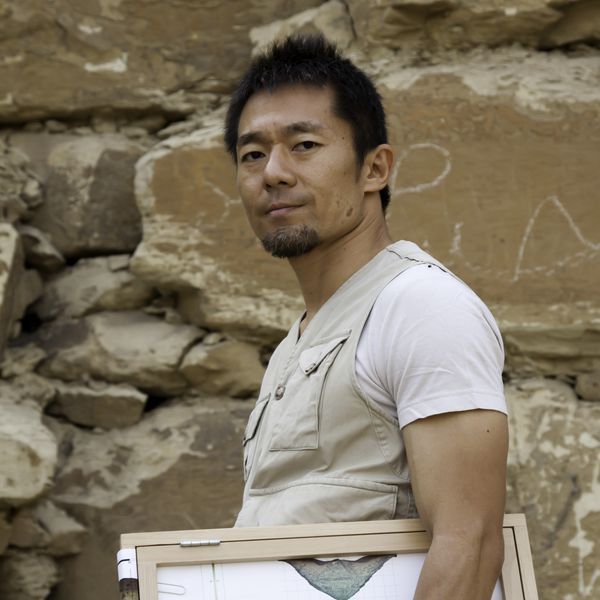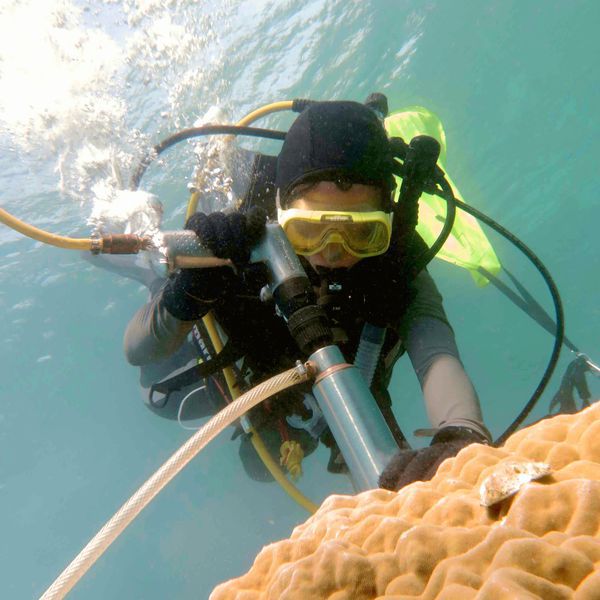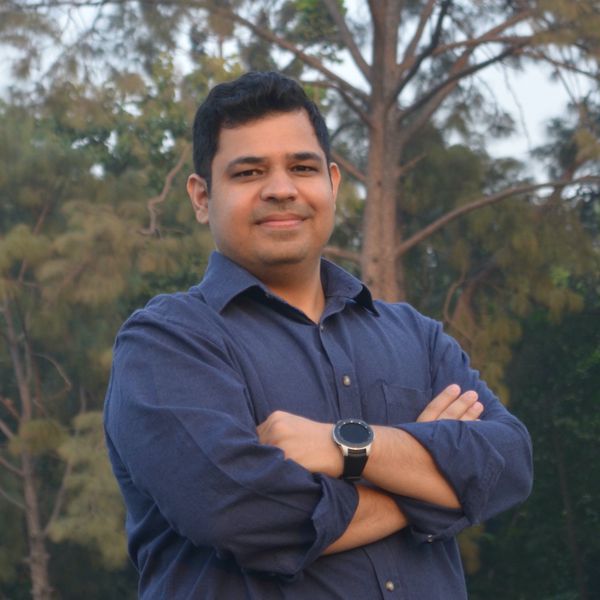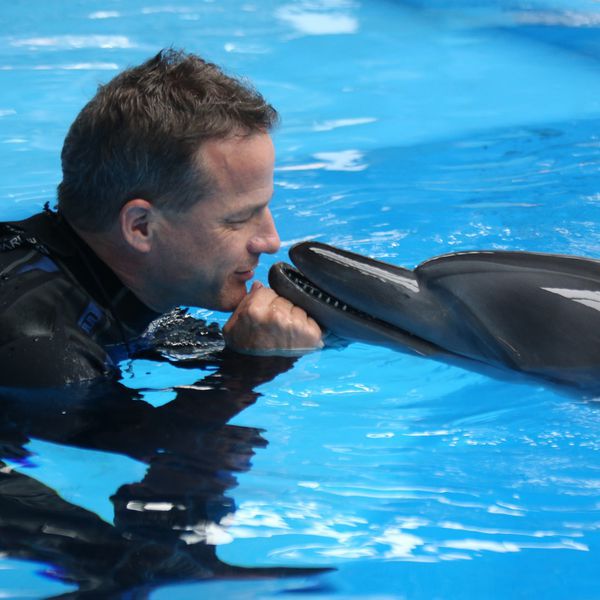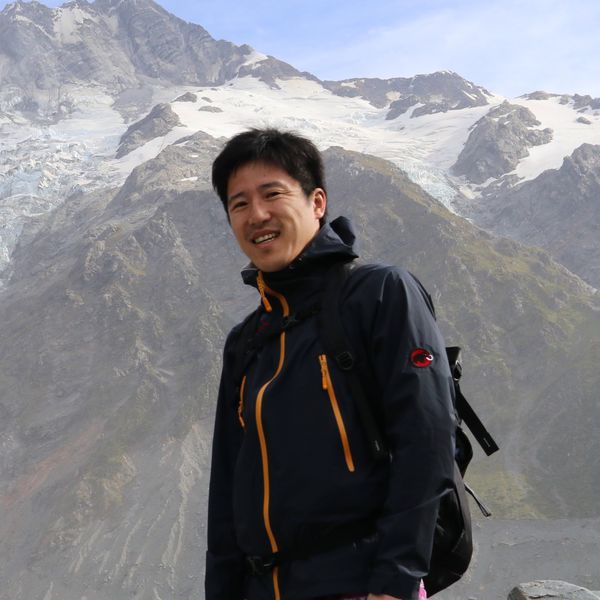National Geographic Foundation
for Science and Exploration - Asia
The National Geographic Society established the National Geographic Foundation for Science and Exploration-Asia (NGS-Asia) to increase our ability to support scientists, conservationists, educators, storytellers, and technologists in Asia. From 2020, NGS-Asia pilots National Geographic Education initiatives in Asia through youth grants, leaderships programs, and convenings to support next generation who can change the world for the better. We use one application form for all grant types and regions. Please read more about grant application requirements, eligibility, and program priorities before applying.
Our Explorers
Since 2015, NGS-Asia has supported more than 175 Explorers who are either citizens or residents of Asia, contributing to the total number of Explorers in Asia funded by the National Geographic Society since 1888. We support and highlight our Explorers through various National Geographic events and media outlets. Please find more National Geographic Explorers in Asia here.
Highlighted Projects
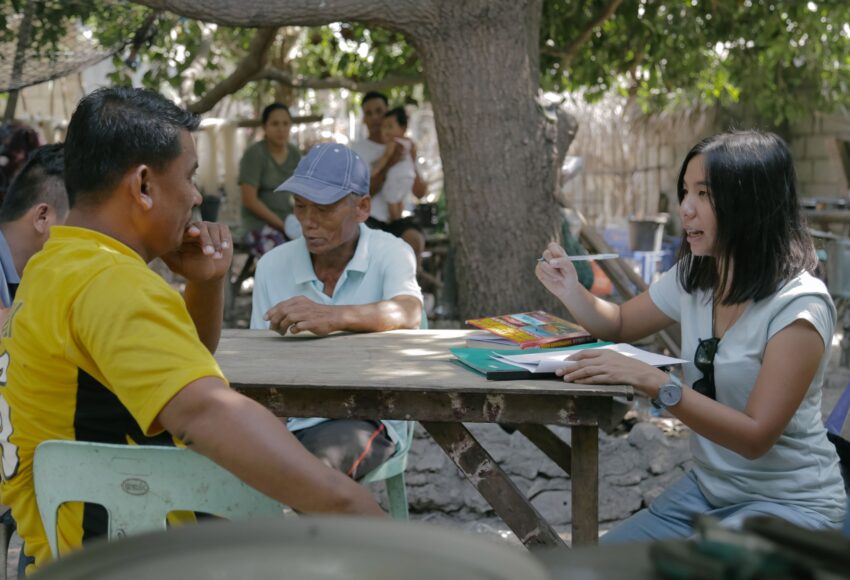
Saving the Reef Fish of the Philippines
Erina Molina is currently completing her master’s degree in environmental science at the University of the Philippines Diliman. As a National Geographic Young Explorer, she interviewed different generations of fishers in the northern Philippines to see whether expectations about reef fish populations have changed over time, leading younger people not to recognize long-term declines for vulnerable species. She now plans to convert this local knowledge into hard data to help in the management of fisheries.
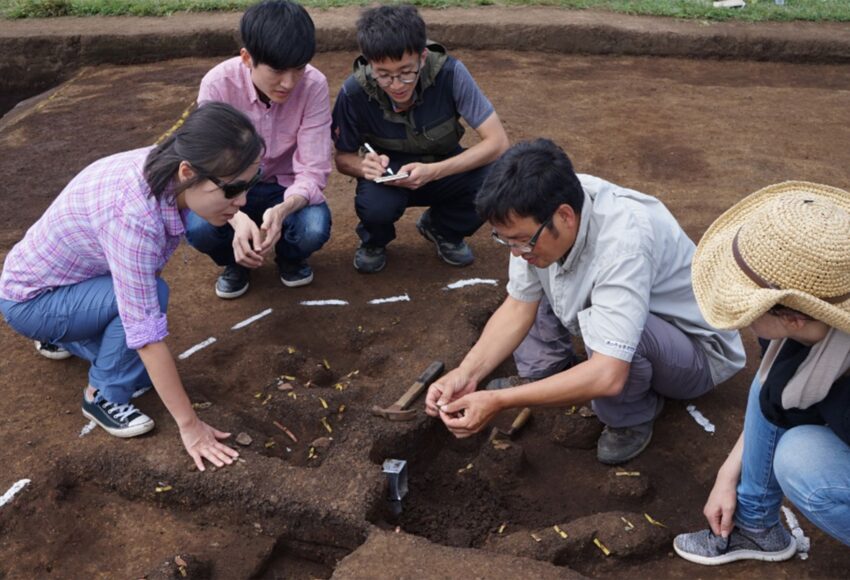
Archaeological Study of the Neolithic Cultural Site on Jeju Island
Chang-Hwa Kang has been involved with archaeological research on Jeju Island in South Korea for over two decades. Now he’s teamed up with a multidisciplinary team led by Gyoung-Ah Lee of Oregon for a closer investigation of Jeju’s Neolithic culture. Where did it come from? How connected was it to other East Asian cultures? And how did volcanic eruptions and a shifting climate shape people’s adaptation to life on this fascinating island between the Korean Peninsula and Japan’s Kyushu Islands?
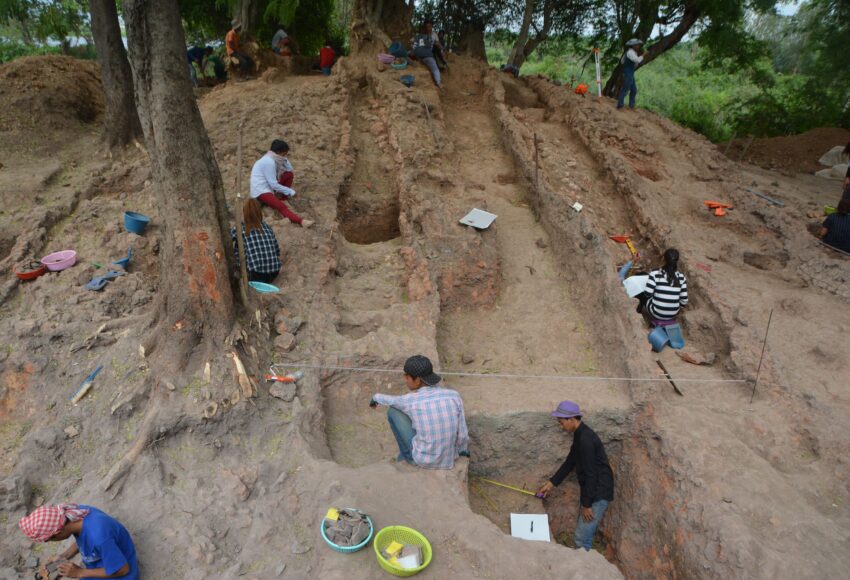
Saving and Studying the Archaeological Site of Cheung Ek
The intricate stonework of the Angkor Empire (in what is now Cambodia) is well known, but what about the empire’s less famous stoneware? Kaseka Phon is working to reveal the secrets of this specialized craft industry and protect the only known southern kiln site from being lost to urban sprawl. As director of the archaeology department and a Ph.D. candidate at the Royal Academy of Cambodia, he has researched kilns for over a decade. Now he’s building capacity for the future, training the next generation of Cambodian archaeologists.
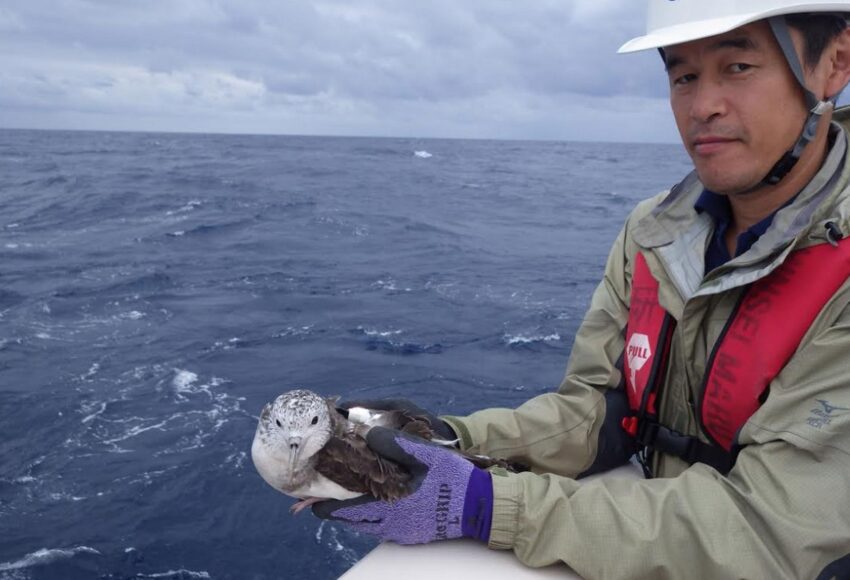
Ocean Ninjas: Employing Seabirds to Gather Air and Water Data
Katsufumi Sato realizes sometimes the best person for the job is a bird. Seeking more detailed samplings of air and water conditions surrounding Japan and South Korea than a satellite or a buoy can give, he’s turned to his feathered friends for help. A behavioral ecologist and professor at University of Tokyo, Katsufumi attaches sensors to seabirds to record temperature, current, and other data while they fly or float. It will all help improve the accuracy of computer models of the physical interaction between atmosphere and ocean.
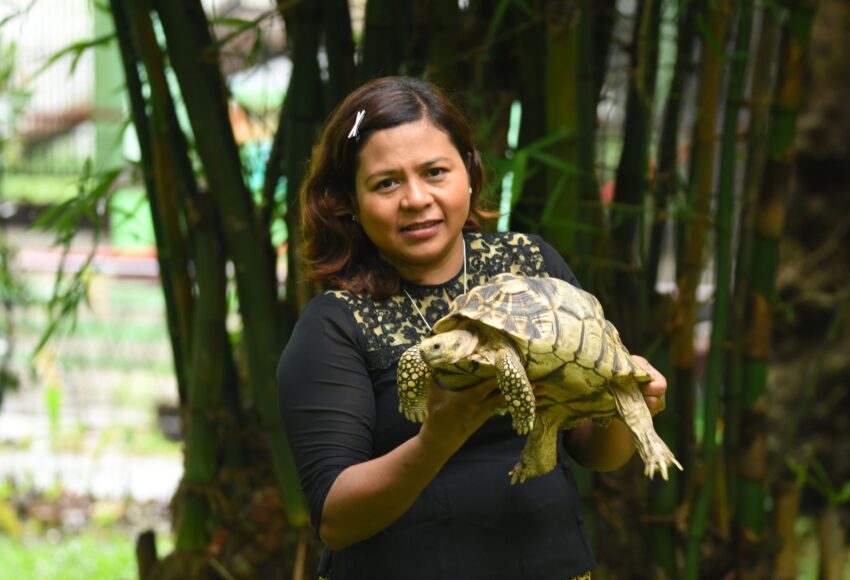
Softly Bringing the Burmese Star Tortoise Into the Wild
Unlike her beloved tortoise pals, Kalyar Platt has never been slow to come out of her shell. Described as a “force of nature” and “the Indomitable Turtle Lady,” she has boldly made turtle and tortoise conservation a driving force in Myanmar (formerly Burma). Releasing captive-bred Burmese star tortoises into well protected nature reserves, she’s helping this stunningly beautiful species recover from over harvesting for food and the high-end pet trade.
Since 1888, National Geographic has awarded grants that have sent thousands of the world’s greatest Explorers on groundbreaking journeys of discovery. The stories, insights, and imagery our Explorers bring back from the field educate us, inspire us, and change the world.
National Geographic Fellows
For thousands of creatures living on Earth, time is running out. Although our planet’s wildlife and wild places are disappearing at an alarming rate, some of the most threatened species still receive little or no conservation funding. To help save wildlife and sound the alarm for lesser-known species at risk, the National Geographic Society and Zoological Society of London (ZSL) launched the National Geographic Photo Ark EDGE Fellowship, which leverages the power of the Photo Ark’s captivating portraits to bring attention to the global extinction crisis. Conservationists in the the 2018–2019 Asia Cohort work with Evolutionarily Distinct and Globally Endangered (EDGE) species in Asia to help bring them back from the brink of extinction.
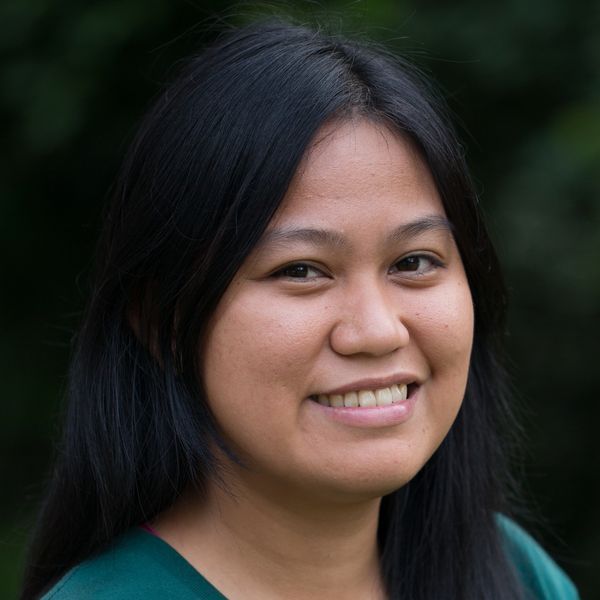
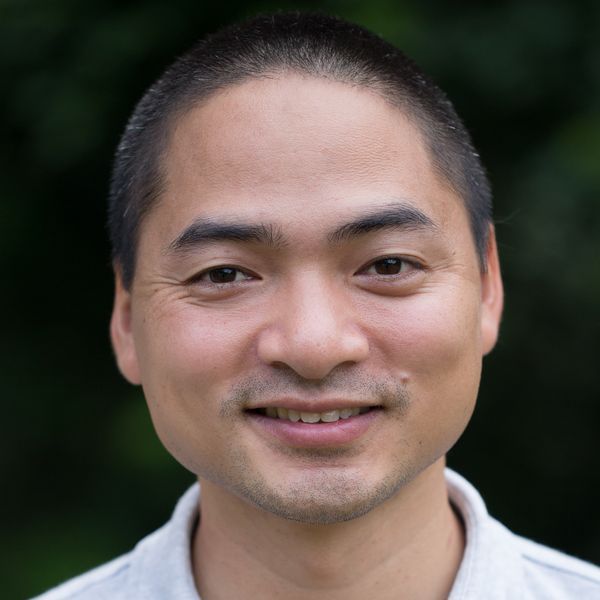
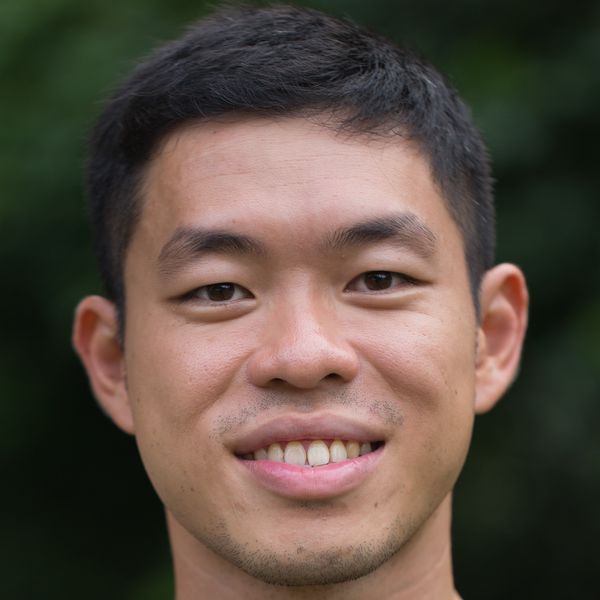
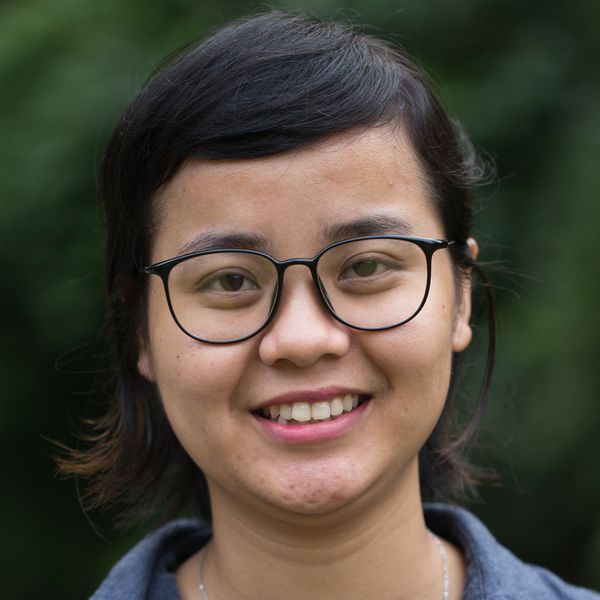

Founding Sponsor
National Geographic Society has expanded its commitment to Asia with a philanthropic gift from C program to establish a non-profit foundation based in Seoul since 2015. We also seek generous contributions and donations to continuously support scientists and explorers in Asia. Please email ngs-asia@ngs.org for more details.
Photo credits (from top of page): Glenn Barit, Aram Lee, Kaseka Phon, Yusuke Goto, Petch Manopawitr
